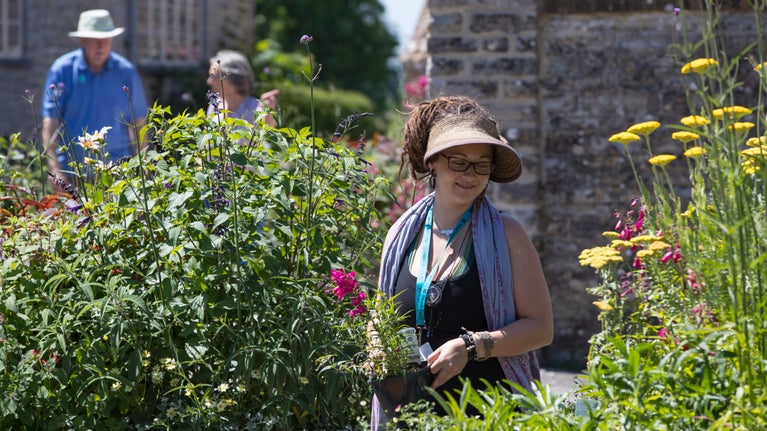
About us
Whether you’re a lifelong member or have only just discovered the National Trust, you can find out more about us by reading up on our history and the work we do today.
About the National Trust
Who we are and what we stand for
Discover more about our legacy, people and values as a conservation charity. We protect historic places and green spaces while opening them up for everyone, for ever.
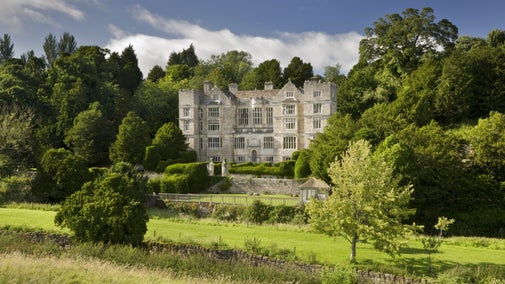
For everyone, for ever: our strategy
Read about our strategy, which focuses on restoring nature, ending unequal access and inspiring more people.

Creating a sustainable future for the National Trust
The National Trust exists to protect and promote nature, beauty and history for everyone’s benefit. But our job is increasingly tough due to sustained cost pressures beyond our control. They are affecting many charities, and they are affecting the National Trust.
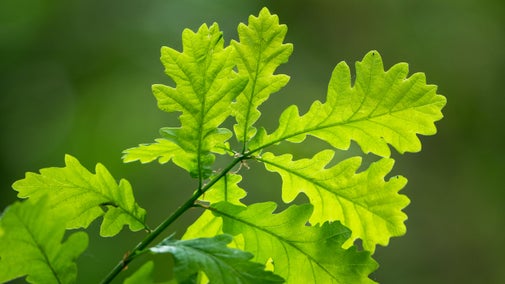
Our constitution
The first National Trust Act passed in 1907. Successive Acts have since been introduced to ensure the National Trust continues to be well governed and remains true to its cause.

Who's who in the National Trust
Meet the Executive Team
Find out more about the National Trust’s Executive Team who provide strategic and operational leadership including setting goals and overseeing performance for the long term vision of the National Trust.

Director-General
Director-General Hilary McGrady has worked for the Trust since 2006, having been Regional Director for a number of regions and Chief Operating Officer since 2014.

President
The former Prince of Wales was our President from 2003 until the death of Her Majesty the Queen and his ascension to the throne. In May 2024 he continued his patronage, acting as our Patron.

Chair
Find out about René Olivieri, who became Chair of the National Trust in February 2022, and the wealth of experience he brings to his role.

Deputy Chair
Writer and curator Sandy Nairne was appointed Deputy Chair of the National Trust in 2022. Find out about his roles, both within the organisation and outside of it.

Board of Trustees
Discover who sits on the National Trust's Board of Trustees, what experience they bring to the role and how they work together to meet the Trust's purpose.

Council
Find out how Council members are elected and how they make sure we’re delivering on our main responsibilities and tasks.

History
The history of the National Trust
Discover the history of the National Trust, from its foundation in the 19th century, through key projects, wartime and epidemics, to the modern day.
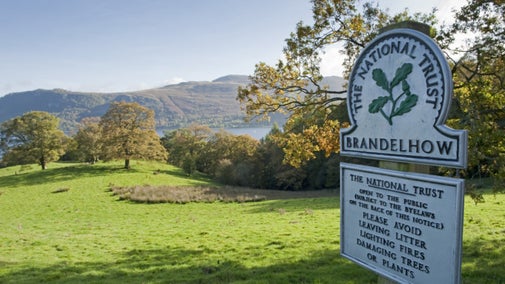
Founders
Read about our three founders – Octavia Hill, Robert Hunter and Hardwicke Rawnsley – who set up the National Trust in 1895 to protect natural and historic places.

How we interpret history
We care for historical places, objects and landscapes that tell our nation’s history. Discover how we research and share history in fair and inclusive ways.
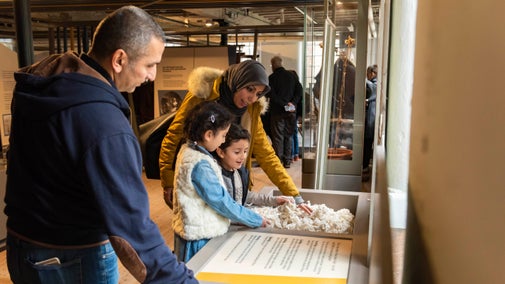
How we are run
Annual General Meeting
Your Annual General Meeting (AGM) took place on Saturday 8 November 2025 at the STEAM Museum, Swindon.
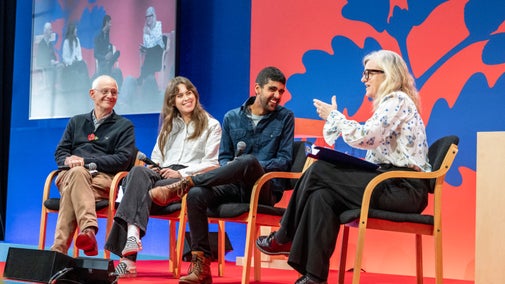
How we are run
Discover how the National Trust is run, how our governance arrangements are underpinned by Acts of Parliament and how they are designed to support and challenge our staff.
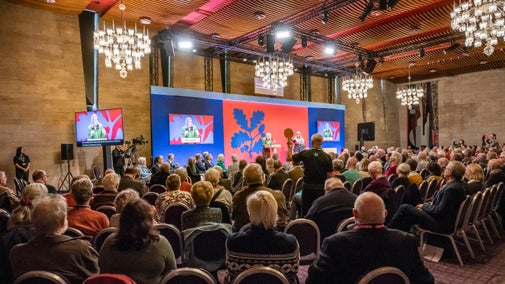
Our central office
Heelis
Find out how to get to Heelis, the National Trust's award-winning central office in Swindon.

Reports and publications
Annual Reports
Our Annual Report reviews our performance over the last year and looks forward to our future plans.

Gender and Diversity Pay Gap Report
Read our latest Gender and Diversity Pay Gap Report, see how we compare to the national average and find out what we're doing to close the gaps.

Safeguarding statement
Discover what we’re doing to ensure the safeguarding of all visitors, staff, volunteers and contractors including children, young people and adults at risk.
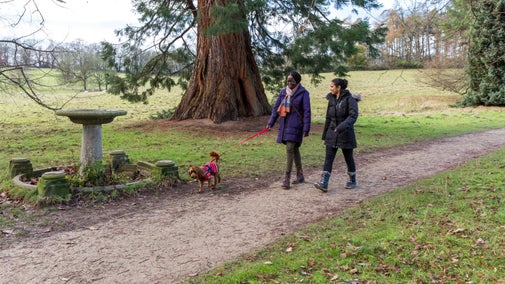
Our fundraising promise
When you make a donation to us, you can be confident that our fundraising is legal, open, honest and respectful. Find out more about our fundraising promise.

Our commitment to inclusion and diversity
We're committed to meeting the needs and expectations of a diverse society. Find out what we're doing to create an inclusive, accessible and welcoming environment for our supporters, staff and volunteers.

Partnerships
Partners
As Europe’s largest conservation charity, we need help to look after the places in our care that benefit millions of people. A partnership with us can make a real difference as together we achieve far more than we could alone. Find out about the corporate partners we currently work with on projects across the UK.

Brand licensing partners
We're always aiming to make our retail ranges more sustainable. That's why we collaborate with a variety of product partners who share our values.
